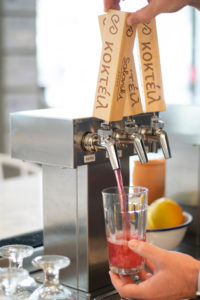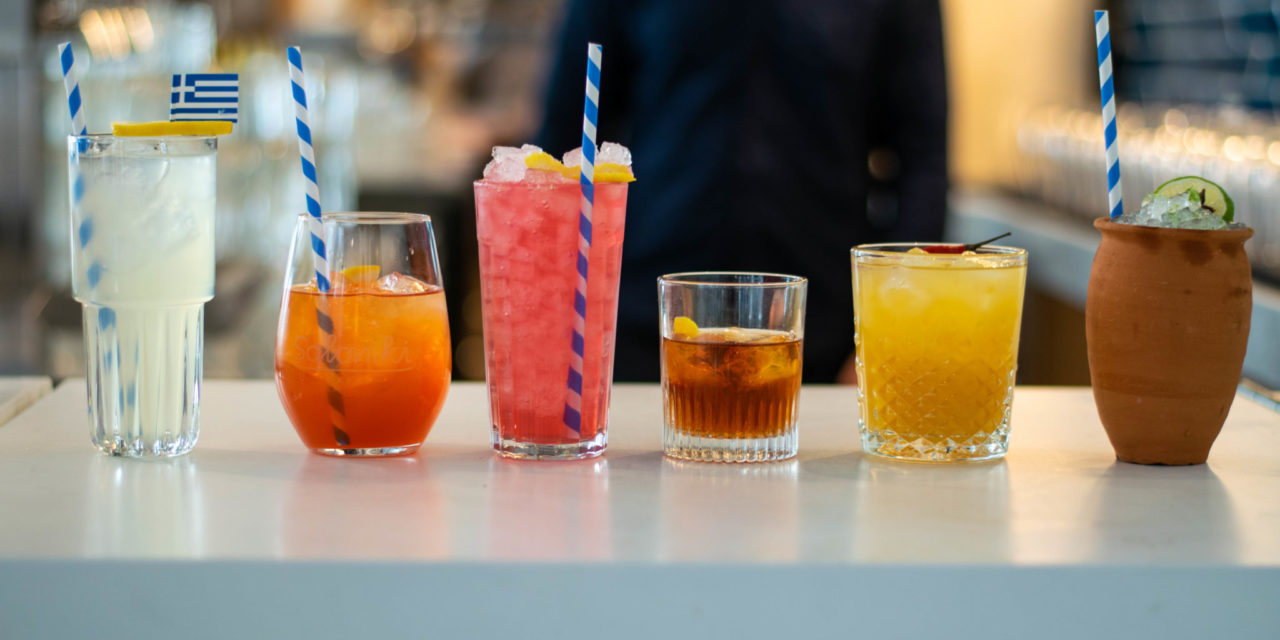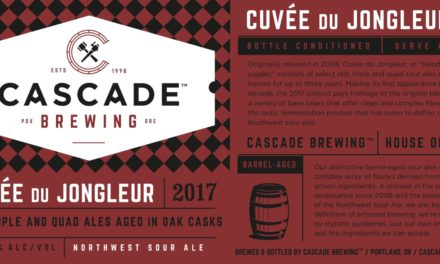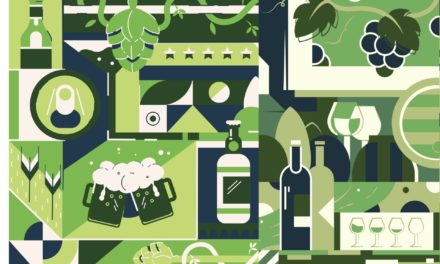
[Photo courtesy Saloniki Greek]
In starting a program, you need a good recipe and a kegerator with nitrogen lines, says Jonathan Mendez, co-founder and chief operating officer of Saloniki Greek restaurants, who brought what he calls “curated Greek craft cocktails” to his fast casual establishments.
Saloniki Greek uses a five-gallon Cornelius keg, which are easy to use and clean, says Mendez. Kegging also guarantees consistency. “No matter the day, shift, or bartender, the cocktails taste exactly the way we intend them to,” says Mendez.
Keeping the program simple is also helpful, says Melissa Jura, manager at Headwaters, a Portland-based restaurant. “We try to go with drinks that will appeal to many and keep the execution clean,” she says. Like Mendez, Headwaters favors five-gallon kegs, but also use some three-gallon kegs. The current lineup includes a Vieux Carré; a draft gin and tonic; and the Stone Rose—Lillet, vodka, dry curaçao, and pêche de vigne, with lime and rose bitters—created by bartender Megan Korsak.
“There’s always going to be a learning curve,” says Jura, who was originally apprehensive at adding a carbonated cocktail. “But it’s not as hard as I thought. Now I’m excited at the prospect of all of the different things we can play with and make fizzy.”
Whoever is charged with batching needs to pay close attention to the process details to ensure proper mixing under sanitary conditions, Mendez says. Steps may include repeatedly straining fruit juices to ensure any citrus pulp or unwanted particles that can clog lines are removed, as well as tightly sealing the keg and properly attaching lines before the beverage is ready to be served.
Many establishments offer a mix of all-spirit cocktails, citrus/juice mixed cocktails, and “almost-ready” cocktails. All-spirit cocktails provide a good starting point, since they can be easily batched and kegged. There’s no need to worry about issues such as fermentation and freshness when combining fruit and/or vegetable juices into the kegged drinks. (To enhance shelf life, Mendez suggests using pasteurized or frozen juices in lieu of fresh.)
Working in larger scale means the time and labor spent making ingredients provides greater returns than a bartender making a one-off cocktails that sells through in a night. The “almost ready” kegged cocktails require one final ingredient before presentation. At Saloniki Greek, a Santorini Spritz—Rakomelo (a Greek liqueur), Aperol, and lime juice batched in a keg—is finished with a Greek sparkling rosé.
To make the most of a keg program, Mendez suggests placing the most labor-intensive cocktails or highest volume beverages in kegs. “We recognize kegging can take away a bit from the theater of the bar,” he says, “but in our application, it allows for more interaction between our bar team and the guests, letting them focus on the patrons in front of them.”











